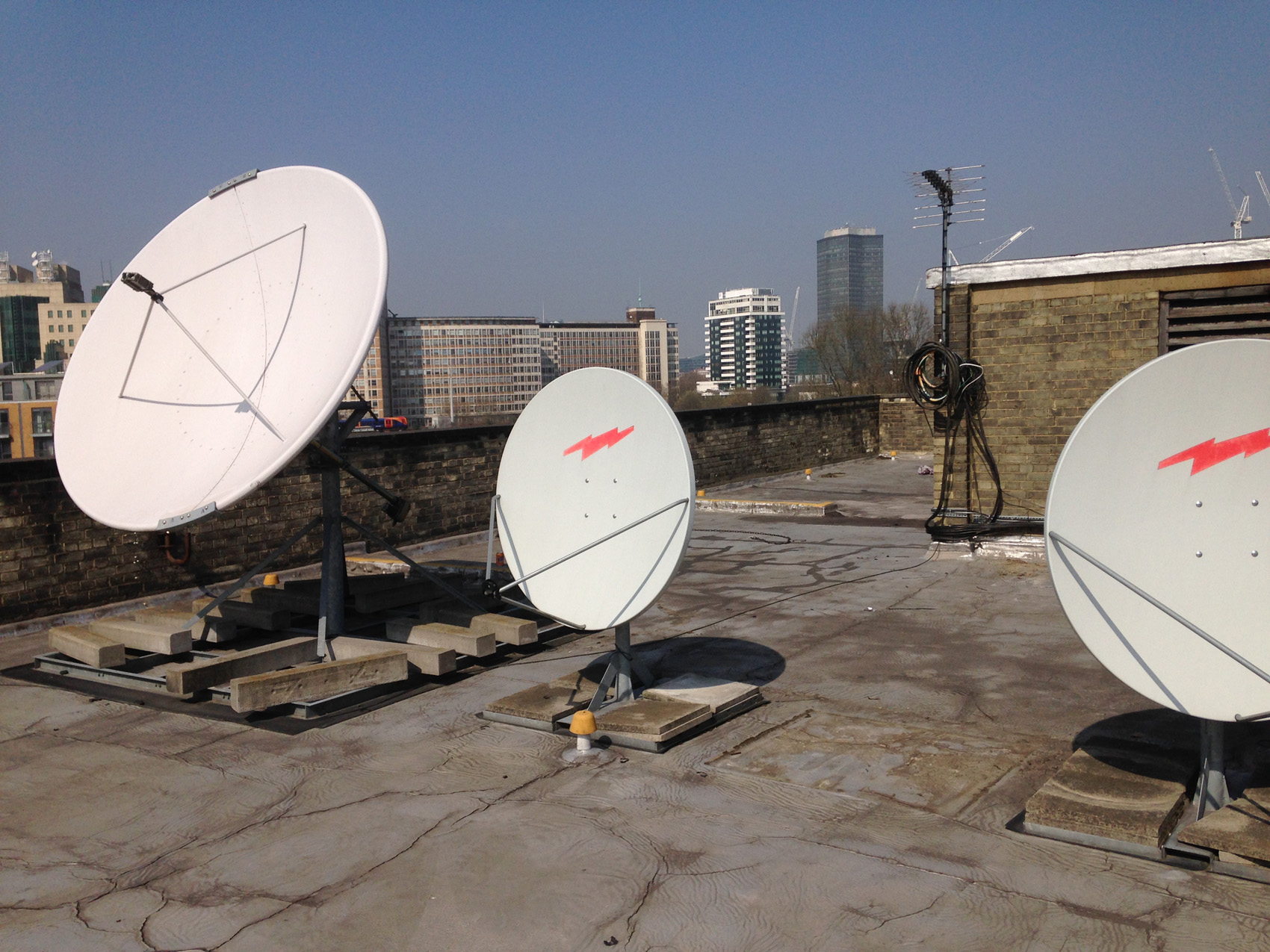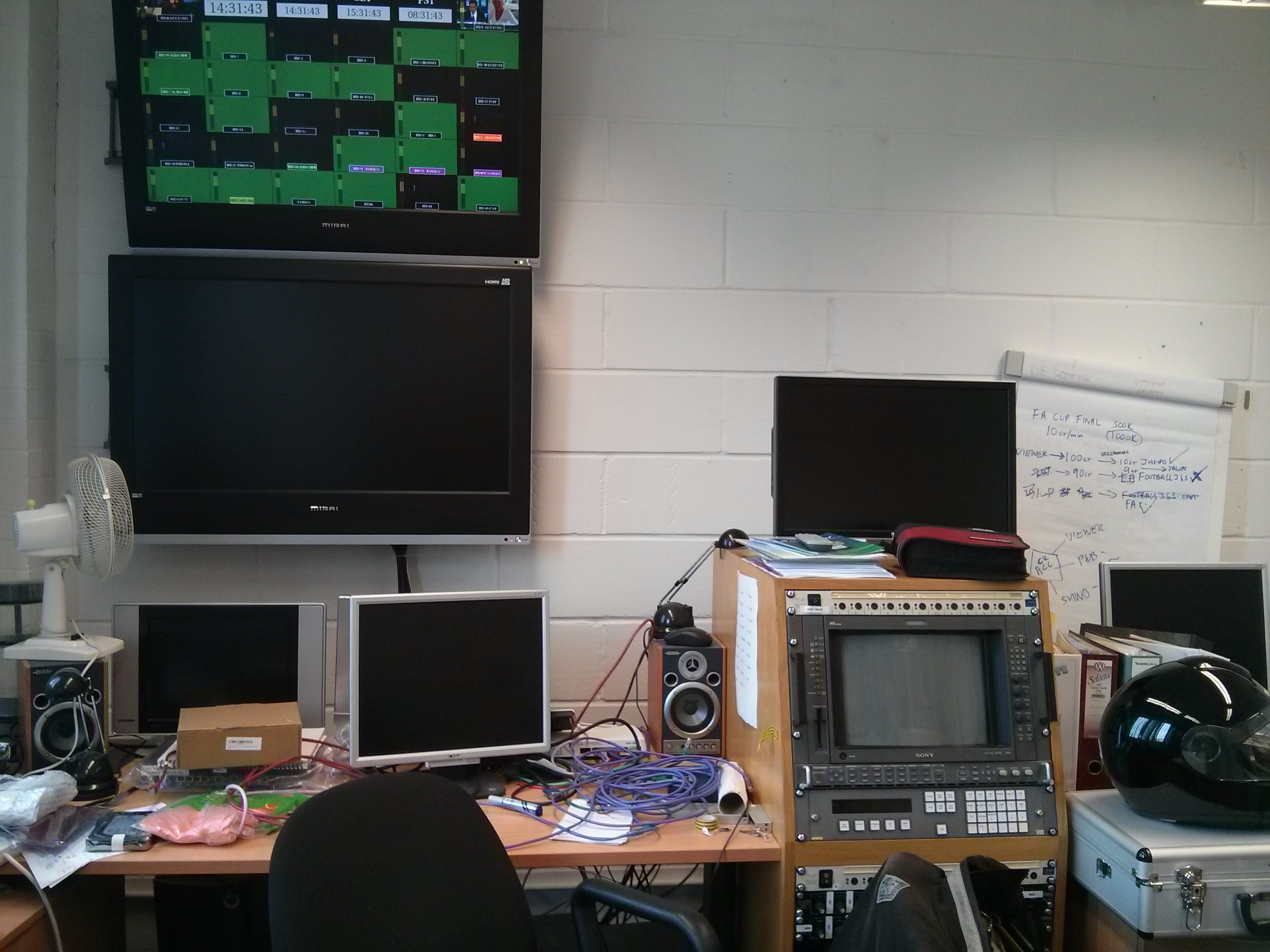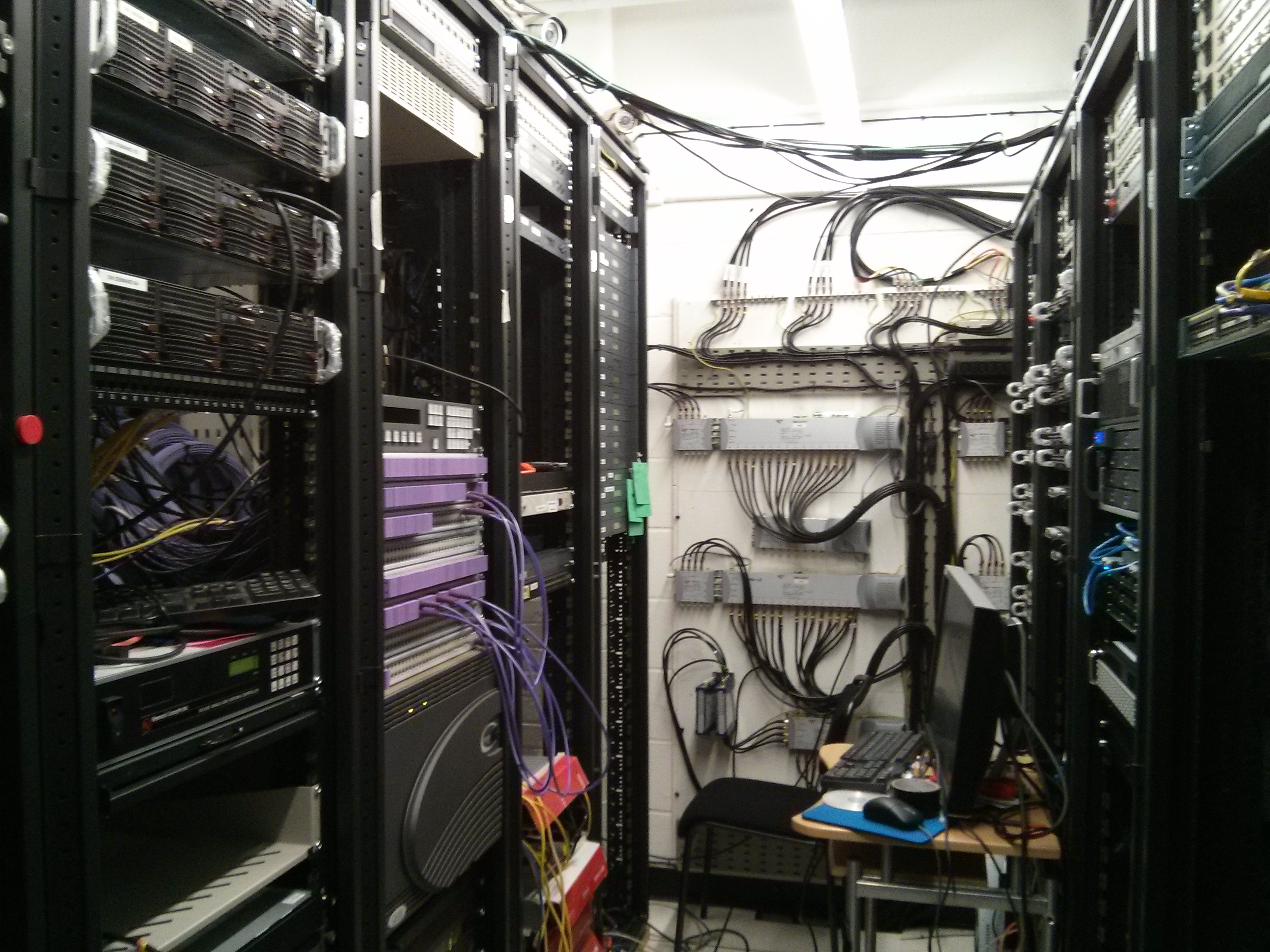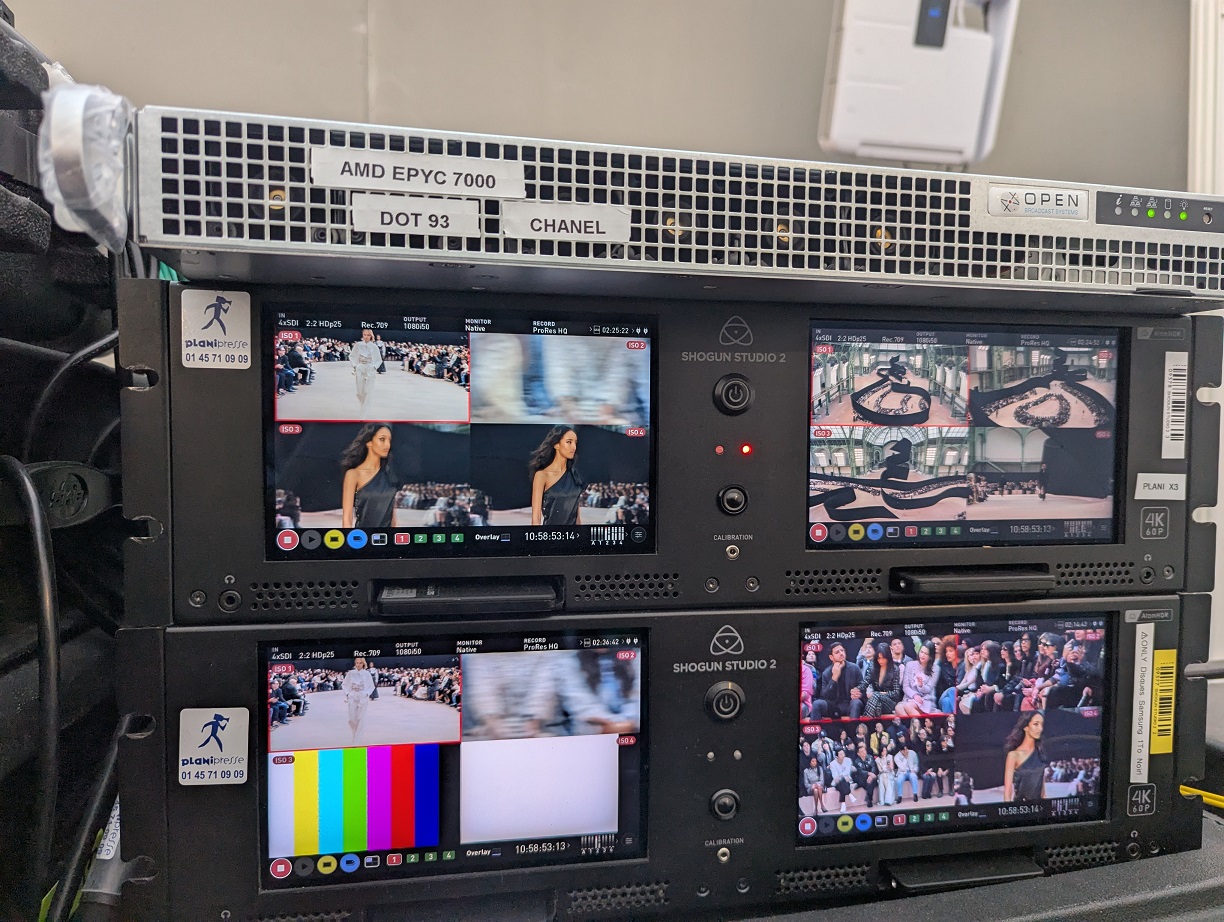 May 2025 marks ten years since we acquired a satellite downlink facility in Central London. Yet when we first envisioned buying it, many questioned the decision. Even competitors raised their eyebrows: “Are you mad? Why invest in a satellite facility?”
May 2025 marks ten years since we acquired a satellite downlink facility in Central London. Yet when we first envisioned buying it, many questioned the decision. Even competitors raised their eyebrows: “Are you mad? Why invest in a satellite facility?”
We saw potential where others saw risk, and our lab has become the backbone of our customers’ success and our product development. Over the last decade we have transformed this old-fashioned satellite downlink facility into a world-class broadcast technology lab. This blog post will explain how we did it.
The Vision Behind the Lab
The decision to establish our lab was driven by our vision: to create an environment that replicates the exact infrastructure our customers use and to develop products rapidly and iteratively in this environment. Beyond product development, the lab is an immense asset when it comes to troubleshooting and solving issues our customers are facing. Within minutes, we are able to replicate the situation so we can analyse it and solve it immediately, avoiding both guesswork and site visits.
Adapting to Industry Changes: A Summary of Key Upgrades and Innovations
The past decade has seen significant changes in the broadcasting industry, and our lab has evolved alongside it with several key upgrades:
- Modernising Our Network: We replaced the previous old-fashioned switches with Arista switches, enhancing our network’s efficiency and speed, with up to 100 Gigabit/s performance.
- Embracing New Standards: We’ve integrated the ST-2110 standard for IP-based transport, which was non-existent a decade ago, reflecting the changing face of the industry. We were one of the first software implementers of this standard and this continued with an in-house development of NMOS of ST-2110 and its predecessor, ST-2022-6.
- Enabling Remote Control: We have made the whole lab controllable remotely, so customer support and product development can happen anywhere in the world. With the company now fully remote, this allows any employee to work on anything remotely.
Let’s look in more detail at the history of the lab:
Why this lab
It was extremely unusual to find such a well-equipped lab of a size suited for our needs in Central London, so close to our major clients. Most importantly it was fully SDI cabled, something that would have required a substantial amount of time and effort in a traditional leased office. It also had suitable electricity and air conditioning to house substantial amounts of compute. This meant we could simulate the conditions our customers face, to observe and analyse real-world scenarios in real time. From the comfort of our office (and later on remotely), we could understand how our equipment performs under all sorts of test cases, gaining hands-on experience and valuable insights that inform our design and engineering processes. This ensures that we build the best products possible.
Moving in
As seen from the photos there was a lot of legacy SD equipment and 4:3 monitors. But having fully wired racks, for both SDI, IP and satellite in a Central London facility, close to our customers and most importantly belonging to us, so we didn’t need permission to change things, was extremely valuable.
The next post in this series will explain how we redesigned this lab to meet the demands of a changing broadcast industry.



